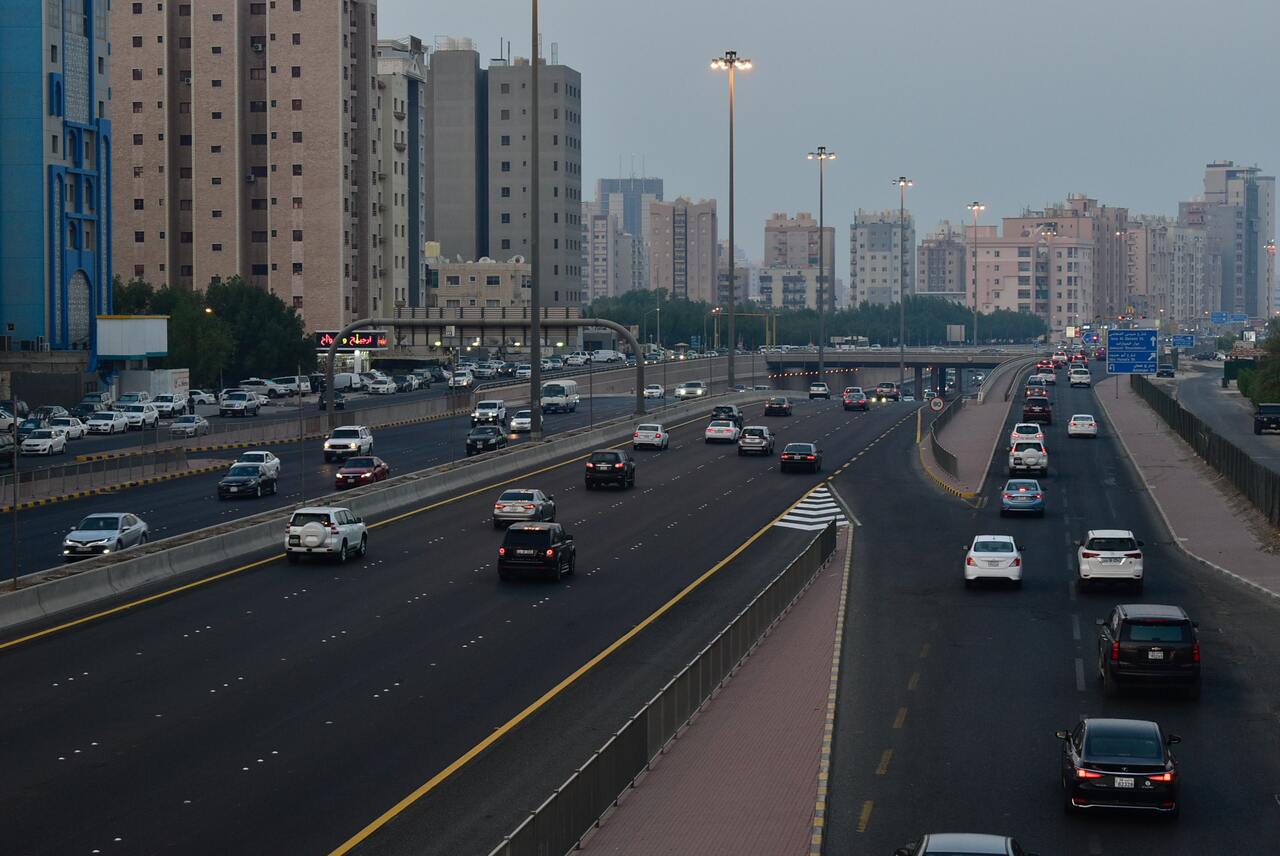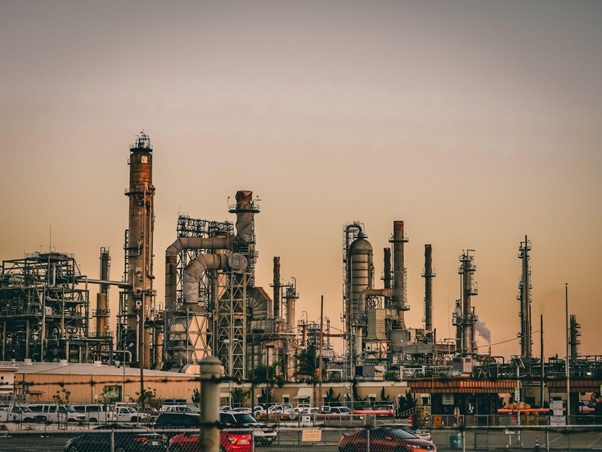Kuwait and Saudi Arabia have made a recent breakthrough in resolving issues around Saudi-Kuwaiti Neutral Zone, which is also known as the Divided Zone. The two countries have been in talks to restore the oil production from the neutral zone shared by both in June 2019. If the restoration of the neutral zone goes according to plan, it will be able to continue its production since its shut down in 2015 due to spats between the two countries.
The Saudi-Kuwaiti Neutral Zone is known as one of the major oil assets in the Middle East region. It covers an area of over 5,000 km2 between the borders of Kuwait and Saudi Arabia. The borders were left undefined since the time of British colonial era, resulting in the existence of this neutral zone. This zone holds two major oil fields, one is the onshore Wafra oil field and the other one is the offshore Khafiji. Both of these oil fields are capable to produce a combined 500,000 barrels per day oil production. The number is equal to the production capacity of Ecuador, which is also an Organization of Petroleum Exporting Countries (OPEC) member. In the 1970s, both Kuwait and Saudi have agreed to jointly manage and share the petroleum resources in the area.
The conflict regarding this massive oil fields sparks as Saudi Arabia in 2009 granted the U.S energy company, Chevron Corp., the rights to operate Wafra oil field until 2039. This extended the initial 60-year-old deal of the onshore field. Wafra oil field is currently the only major oil asset in Kuwait and Saudi Arabia which the operation is held by a private international firm due to Saudi’s permission. Kuwait has responded towards the announcement as they claimed that Saudi’s government never discussed the extension with their government.
Further meetings between the two countries have been scheduled in Kuwait. Technical details still need to be addressed and finalized by Kuwait and Saudi Arabia, to allow the production of Khafji and Wafra oil fields to continue. The current talk regarding the neutral zone conflict is considered to be the closest ever to a deal, compared with previous discussions that have been starting since 2015.
Diplomats of United States are speculated to also have involved in the deal’s improvement. Both of the oil fields in the neutral zone have become important assets for the world’s petroleum industry as they produce sour-heavy crude, which its supply is currently tightened due to the sanctions against other producers such as Iran and Venezuela. However, these efforts have not proven to be effective.
Agreements regarding the issues, however, still appear to be unclear as both countries face OPEC production cuts into early 2020. The pumping of crude oil may not be immediately held, even when both countries have reached a final deal. Some speculated that quotas of oil production between Kuwait and Saudi Arabia will determine how the two countries split the oil pumped from the disputed neutral zone.
The world’s petroleum industry will comprehensively monitor as the situation develops between these two oil fields. Understanding this neutral zone importance, oil and gas players around the world must be able to prepare themselves against all the possibilities that may play out.



